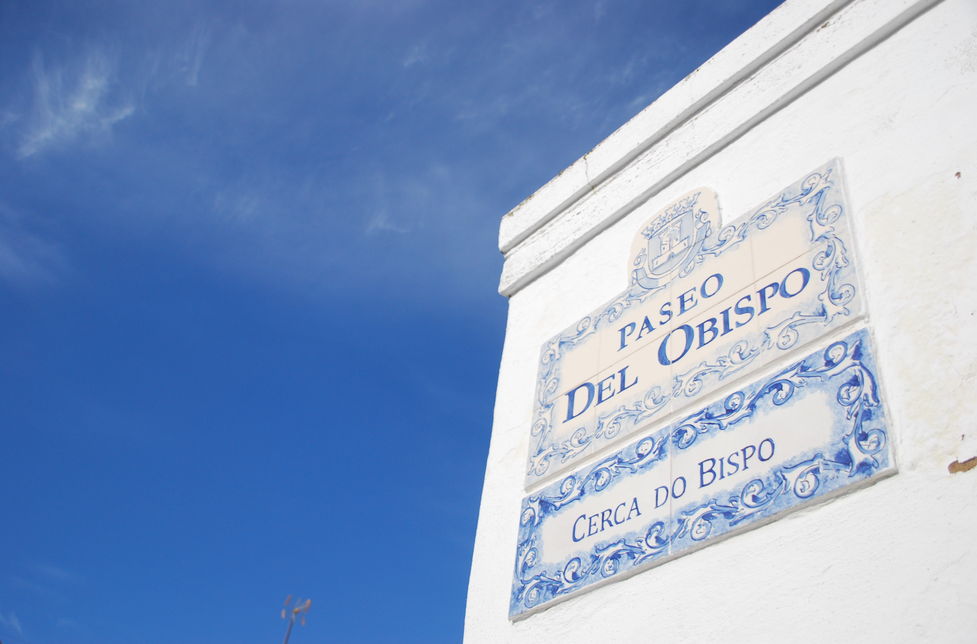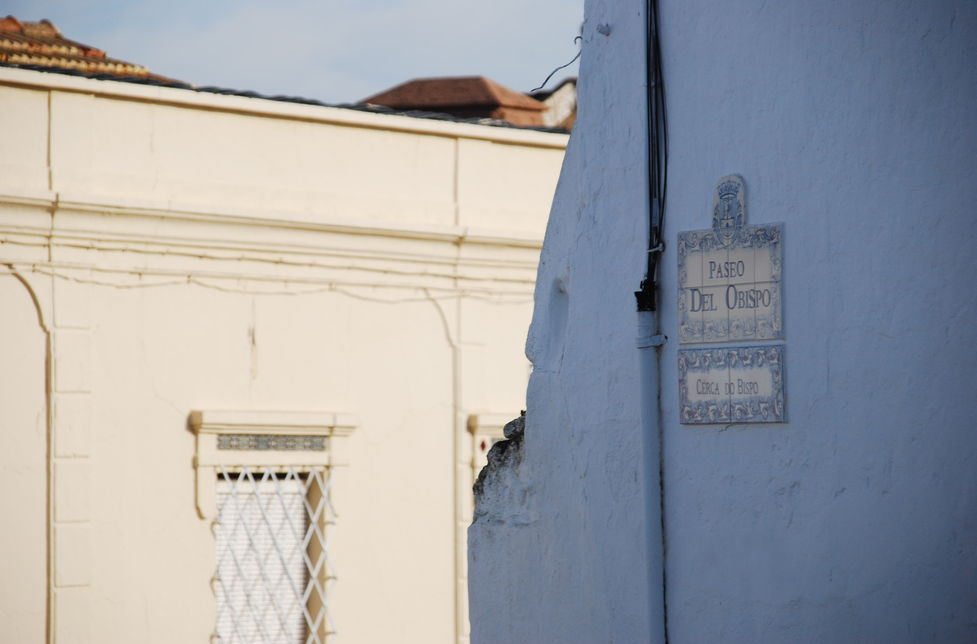OLIVENZA Paseo del Obispo: King Manuel I of Portugal, “The Fortunate”
About the stop
In this street was the episcopal palace that housed the first of the four bishops of Ceuta who lived in Olivenza, back when the city was this bishophric's seat. The bishop, whose name was Fray Enrique de Coimbra, was also the first to officiate Mass in Brazil. His mortal remains are in the Santa María Magdalena Church, since he died here in 1532.
How it relates with royalty
Fray Enrique de Coimbra was also confessor of King Manuel I of Portugal, “The Fortunate”, brother of Doña Leonor and the man from whose name the Manueline style is credited. This architecture style is a variant of the late Gothic that occurred in Portugal during his reign, which is characterized by the use of vegetable and marine elements. There are two great examples of the Manueline style in Olivenza: the Santa María Magdalena Church and the front entryway to the Town Hall (Puerta del Ayuntamiento) in the Plaza de la Constitución. Manuel I was also the king who ordered the construction of the Ajuda Bridge in 1509, which was destroyed two centuries later during the Spanish Succession War.
The third wall of Olivenza was built during his reign, taking advantage of part of the layout and materials of the second wall, of which nothing remains: the wall followed what today is Núñez de Balboa Street. Therefore, the Bishop of Ceuta lived in the newest and most modern area of the city.

